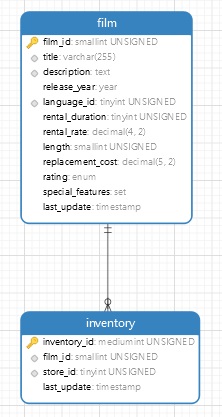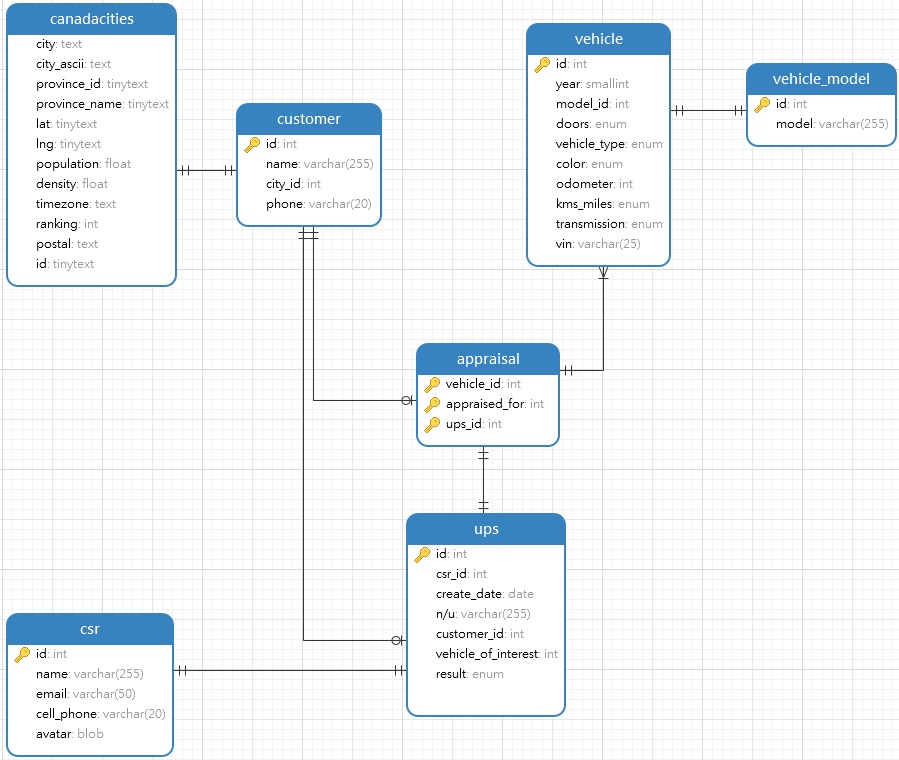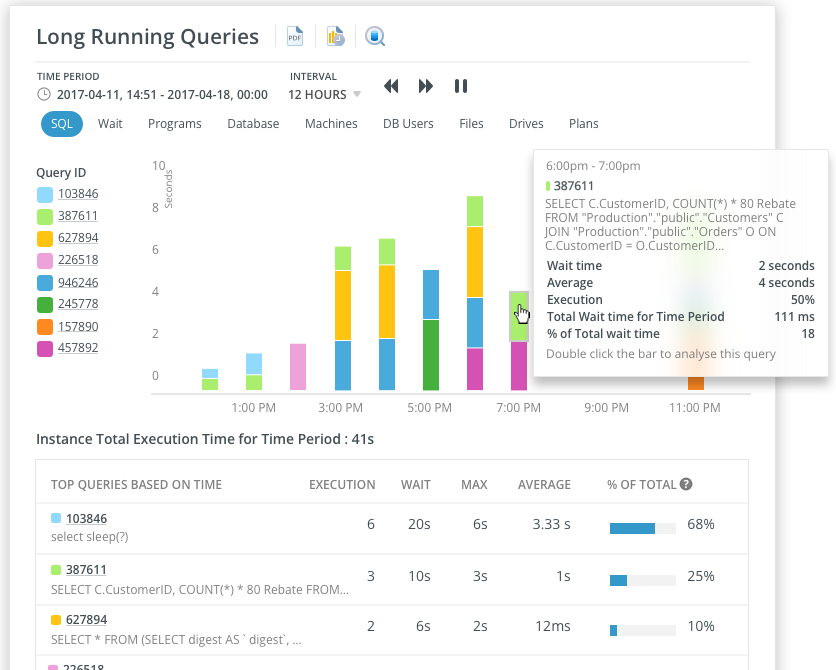
Version 16.2 of Navicat Premium added several exciting new features to an already stellar product, the most noteworthy being Redis support. Now, there is a Navicat administration and development client specifically for Redis. Navicat for Redis offers users an easy-to-access visual interface to visualize and optimize Redis data. It includes a rich set of features for making routine management tasks simpler, easier and more efficient than ever before. It can connect to any local/remote Redis server, and is compatible with cloud databases like Redis Enterprise Cloud, Amazon ElastiCache, Google Memorystore and Microsoft Azure. This blog will outline some of Navicat for Redis's most important features.
During the process of normalization, groups of fields that represent a distinct entity are removed from a larger and/or more central table to a separate one. Common fields (usually IDs) are then employed to maintain their relationship. We can see an example below:

In relational database, referential integrity between tables is enforced using foreign key constraints.
This blog will cover how foreign keys work as well as how to create a foreign key constraint in MySQL using Navicat 16 for MySQL .
As part of the process of normalizing database tables, redundant columns are extracted from higher level tables into separate subsidiary ones. This often occurs due to some fields having a one to many relationship with the parent entity. For example, take the following model that was generated using Navicat Data Modeler:

Whereas most database systems employ locks for concurrency control, PostgreSQL does things a little differently: it maintains data consistency by using a multi-version model, otherwise known as Multi-Version Concurrency Control, or MVCC for short. As a result, when querying a database, each transaction sees a snapshot of data as it was some time before, regardless of the current state of the underlying data. This prevents the transaction from viewing inconsistent data that could be caused by other concurrent transaction updates on the same data, and provides transaction isolation for each database session. This blog article will provide a brief overview of how the MVCC protocol works as well as cover some of the pros and cons of the MVCC approach.
At the top of Navicat Monitor 3's Query Analyzer screen, there's a chart that shows queries with the longest wait times:

It's essential to identify laggard queries because they can bring everything crashing to a crawl.
- 2026 (1)
- 2025 (1)
- December (1)
- November (1)
- October (1)
- September (1)
- August (1)
- Going Beyond Basic Monitoring with Modern Database Observability Platforms
- Privacy-Preserving Databases: Protecting Data While Enabling Access
- Privacy-Preserving Databases: Protecting Data While Enabling Access
- Privacy-Preserving Databases: Protecting Data While Enabling Access
- A Guide to Database Sharding as a Service
- July (1)
- June (1)
- The Rise of Embedded AI/ML Capabilities in Modern Databases
- Immutable Databases: the Evolution of Data Integrity?
- Seamless Information Access Through Data Virtualization and Federation
- Database DevOps Integration: Bridging the Gap Between Development and Operations
- Navicat Sponsors SQLBits 2025 – Supporting the Future of Data Platforms
- May (1)
- Edge Databases: Empowering Distributed Computing Environments
- The Rise of Low-Code/No-Code Database Interfaces: Democratizing Data Management
- Data Vault 2.0: A Modern Approach to Enterprise Data Modeling
- Streaming-First Architectures: Revolutionizing Real-Time Data Processing
- Navicat Proudly Sponsors PGConf.de 2025 as Silver Sponsor (Two Free Tickets Up for Grabs!)
- April (1)
- March (1)
- February (1)
- January (1)
- 2024 (1)
- 2023 (1)
- 2022 (1)
- 2021 (1)
- 2020 (1)
- 2019 (1)
- 2018 (1)
- 2017 (1)














